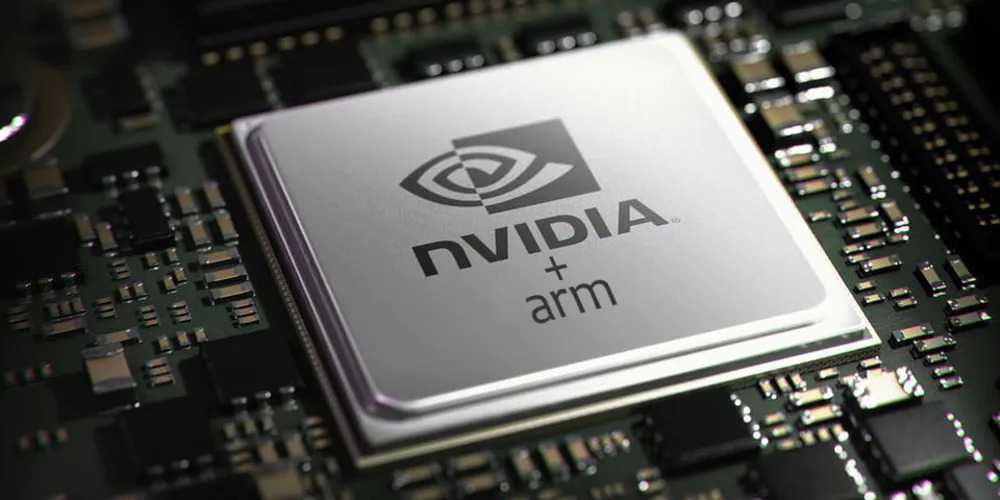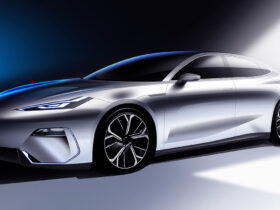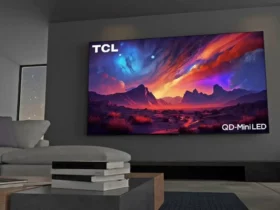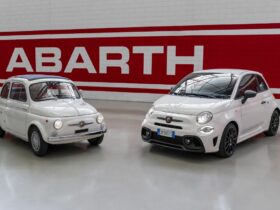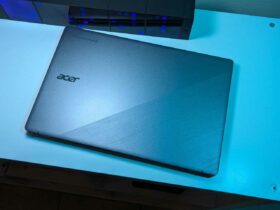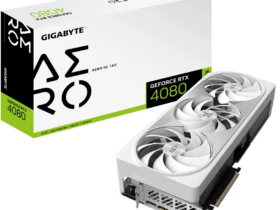After the announcement of the acquisition of ARM, NVIDIA will become a real semiconductor giant. But is it possible that he wants to launch into the world of processors with a real NVIDIA CPU, competing with Intel and AMD?
The official confirmation of the financial transaction that will lead to the purchase of ARM by NVIDIA has recently arrived. Although it has been repeatedly confirmed that ARM’s strategy will not be changed, so we will continue to design chips for third-party customers to sell them licenses without any limitations, one wonders if this could lead to creation of NVIDIA CPUs that can compete with Intel and AMD. After all, the video cards of the Santa Clara house are the most popular in all areas, from data centers to gaming. And since Intel is entering the world of GPUs, why shouldn’t NVIDIA try the world of CPUs? Let’s see what future developments could be.
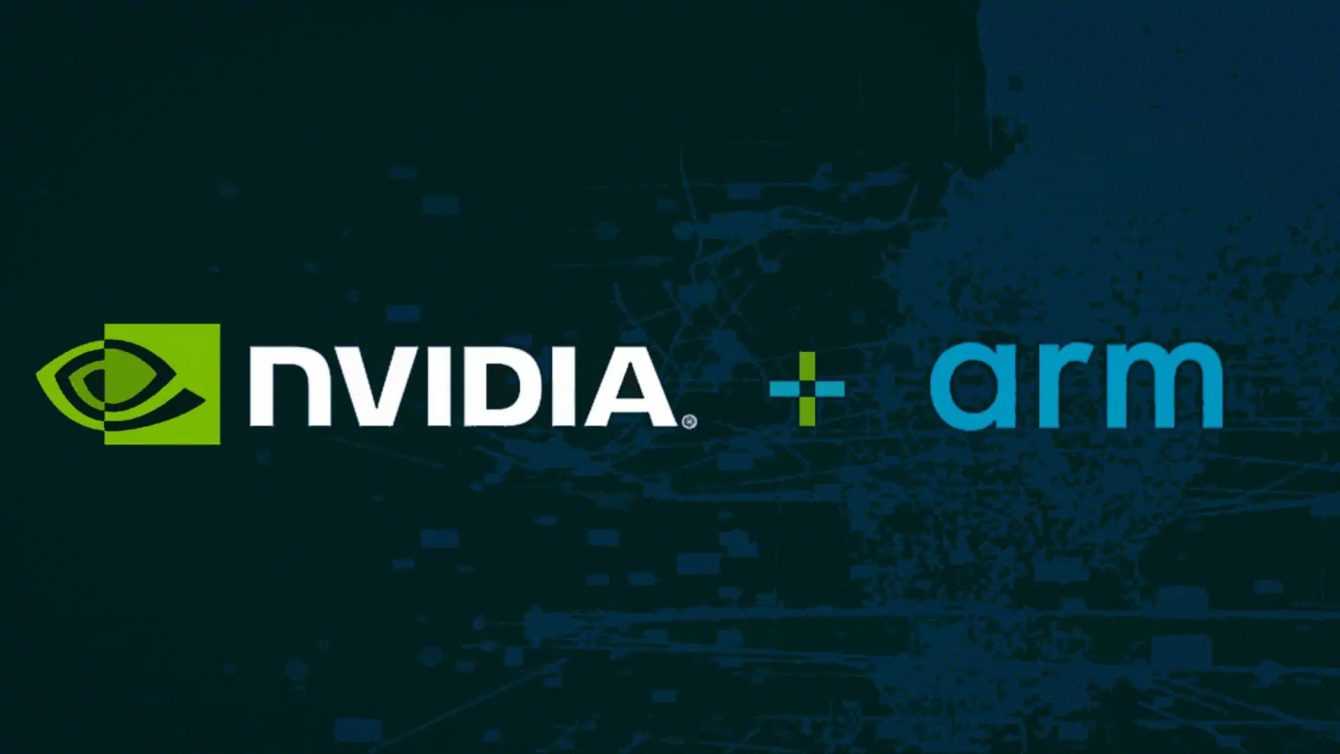
NVIDIA CPU: What will the merger with ARM bring?
The flea in the ear put it to us an interview with NVIDIA CEO Jensen Huang directed by Timothy Prickett Morgan of The Next Platform. Let’s see an excerpt:
Timothy Prickett Morgan: Will you do an implementation of something like Neoverse and build an NVIDIA-branded CPU for use in the data center? Will you create a reference chip design and help those who want to use it?
Jensen Huang: Well, first of all you made an extraordinary observation, which is that all three options are possible. So now, with our backing and serious support from ARM, the world can stand on that foundation and realize that it can build server CPUs. Now, some people would like to license cores and build a CPU by themselves. Some people may decide to license cores and ask us to build those CPUs or modify ours.
It is not possible for a company to build every single version of it, but we will have the entire network of partners around ARM able to support the architectures we have created and depending on what is best for them, regardless of whether to license the core. , have a semi-custom chip or have a chip we made, any of these options are available. All these options are available, we are open to business and we would like the ecosystem to be as rich as possible, with as many options as possible.
The world of servers and AI
Basically NVIDIA leaves several avenues open for CPUs. S.Certainly one of the sectors in which NVIDIA wants to invest is the world of servers and AI. In fact, its HPC solutions are already very popular today. DGX systems, designed for artificial intelligence and deep learning, are fully integrated solutions that the customer can simply purchase and install like any other PC, already including the Ubuntu Linux operating system. TOToday these solutions use server CPUs from AMD and Intel. Using the know-how of ARM and merging it with NVIDIA solutions, one could think of completely “home made” HPC systems. ARM has already been trying for a while to break into the server sector and the European Union has also financed several projects in this area to free itself from dependence on American and Asian giants. The merger with NVIDIA could be the key to unlocking the situation. The supercomputers of the future and datacenters are a rapidly expanding industry that requires enormous computational power increasingly shifted to GPUs, so the use of NVIDIA / ARM CPUs may not have a huge impact in performance and certainly could increase profit margins. .
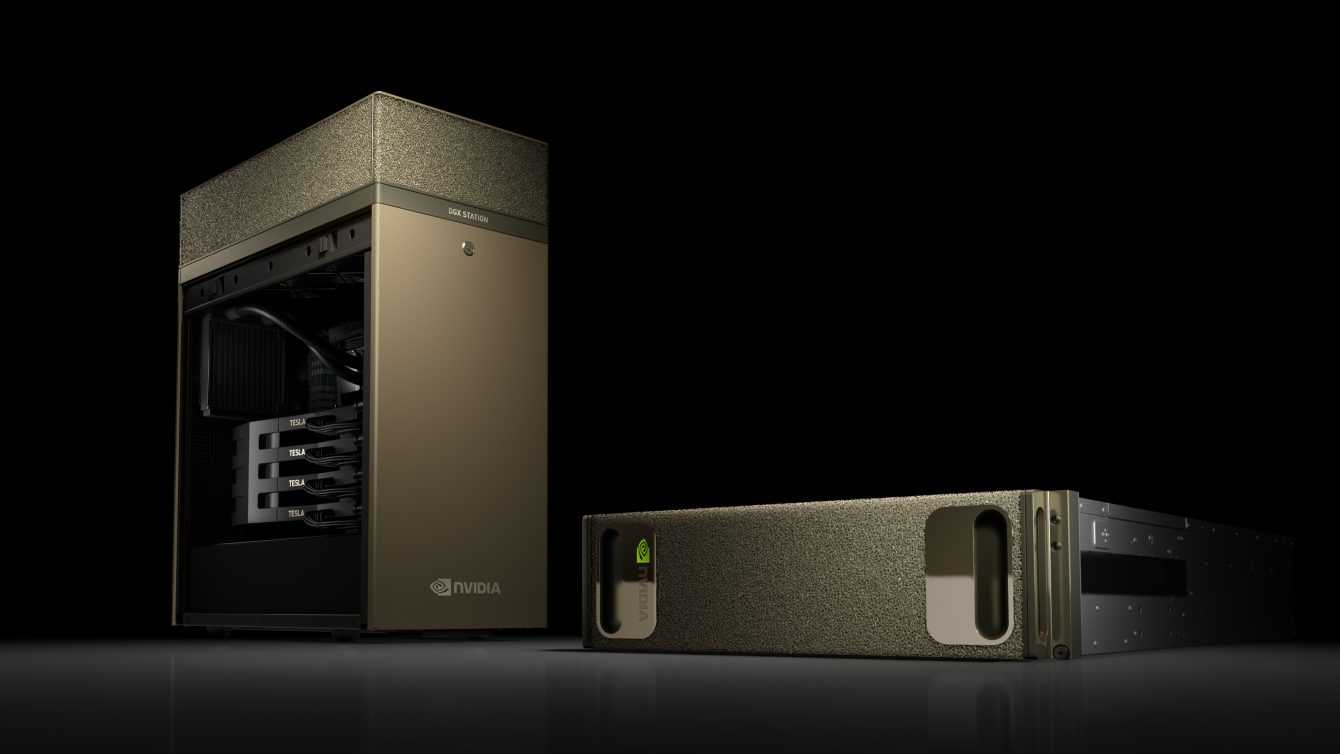
NVIDIA DGX systems, currently powered by Intel or AMD CPUs
Industrial automation and automotive
Ma another important sector is that of the automotive and IoT. The automotive industry, one of the most important in the world, is experiencing a period of great renewal with the investment in electric and autonomous driving. This requires great computational power, but also a mobile platform. And here ARM obviously enters with arrogance given its experience in the sector. The NVIDIA Jetson system is designed for these automotive and industrial applications – which is being renewed through automation processes which also require computational power. These devices already use ARM Custom CPUs and could now see a new life by merging with next-generation NVIDIA CPUs. Certainly in this world, ARM technology is fundamental and many customers are interested in these solutions.
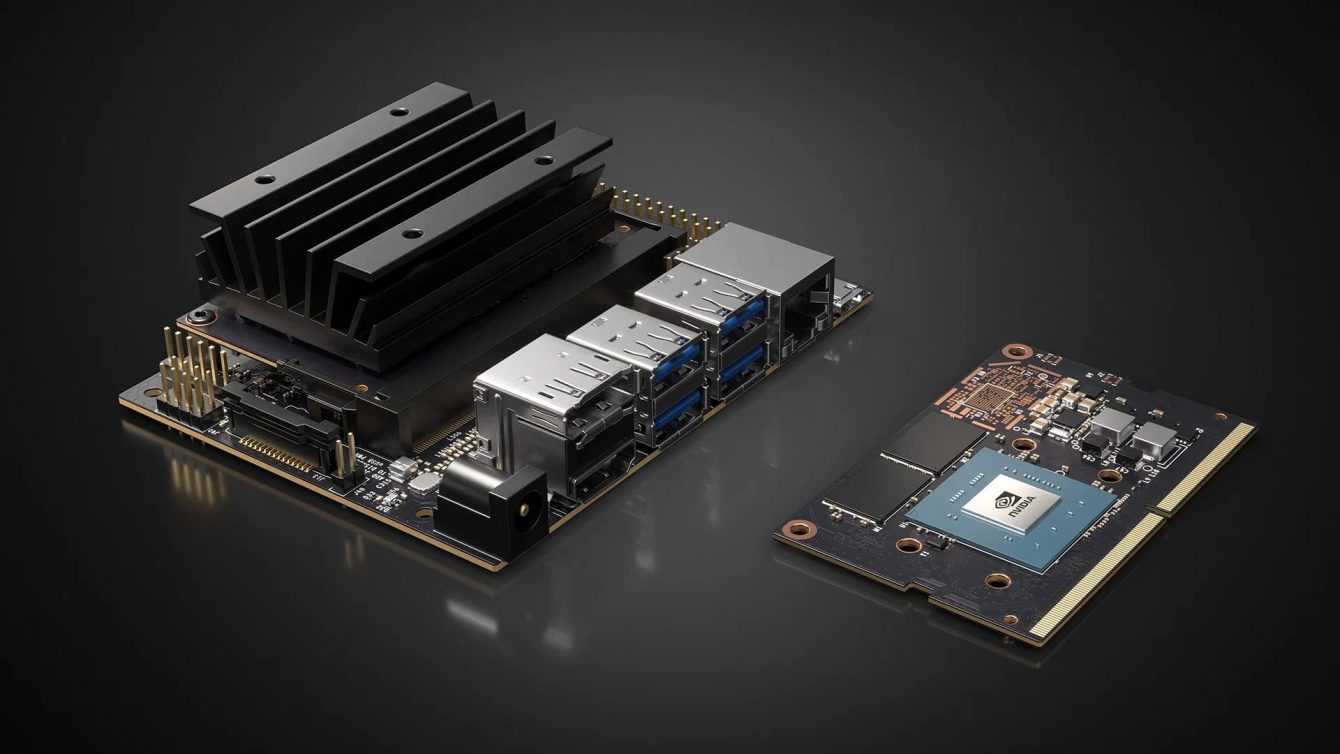
Consumer electronics
And in the world ofConsumer electronics is there any chance? In this world, NVIDIA plays a marginal role: it is only active in the world of discrete GPUs. ARM instead is practically present in any mobile device. In this case the advantage could come especially for ARM GPUs integrated into SoCs that would benefit from NVIDIA industry experience. In the desktop world there has been some timid hint from Qualcomm for the Windows on ARM project, but for now, success is limited and the project is struggling to take off. Apple, on the other hand, had decided to invest in Apple Silicon processors, based on ARM technology but with high customization. Also there is the experience with Nintendo Switch that mounts a SoC Tegra made and customized with an NVIDIA CPU on ARM technology, born to equip high-performance tablets, it is now obsolete because the project has never taken off due to the decline of Android tablets. The rumors suggest a possible renewal for the Switch that would require a new SoC. However, we believe that an entry into the world of discrete CPUs is unlikely for now, perhaps there could be a timid entry into the world of Windows on ARM.
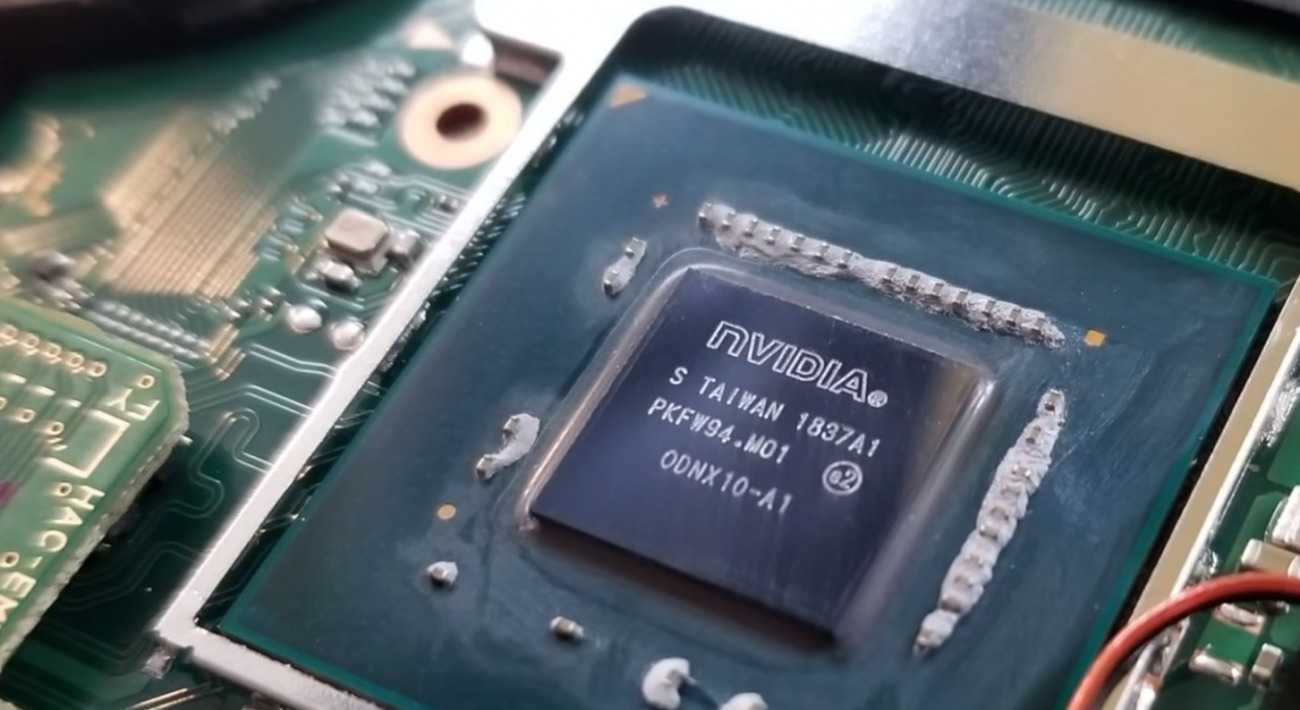
Nintendo Switch’s custom Tegra SoC
More likely NVIDIA’s strategy will be to follow the market trend which is divided into two broad categories. THE mobile chip makers who need to exploit the licenses of ARM products to be able to create and customize them e companies dealing with data centers, supercomputers and automation who instead want complete and ready-to-use systems. The custom NVIDIA CPUs could certainly peep into the second category, while in the first we could see an improvement on the GPU side of the ARM reference designs. Certainly, an entry into the world of discrete PC CPUs seems unlikely, a market now with limited growth in which it would not make much sense to invest. We will probably not see a real merger, the two companies will remain separate and engaged in different sectors, but exchanging know-how with each other. That’s all from the hardware section, keep following us!






